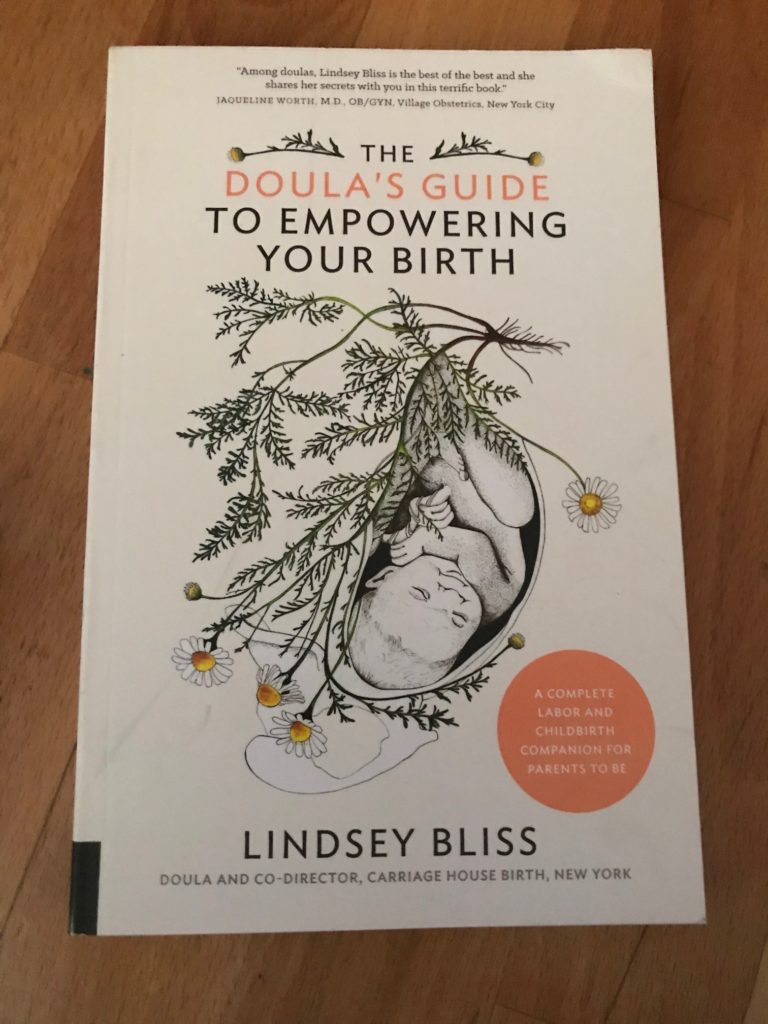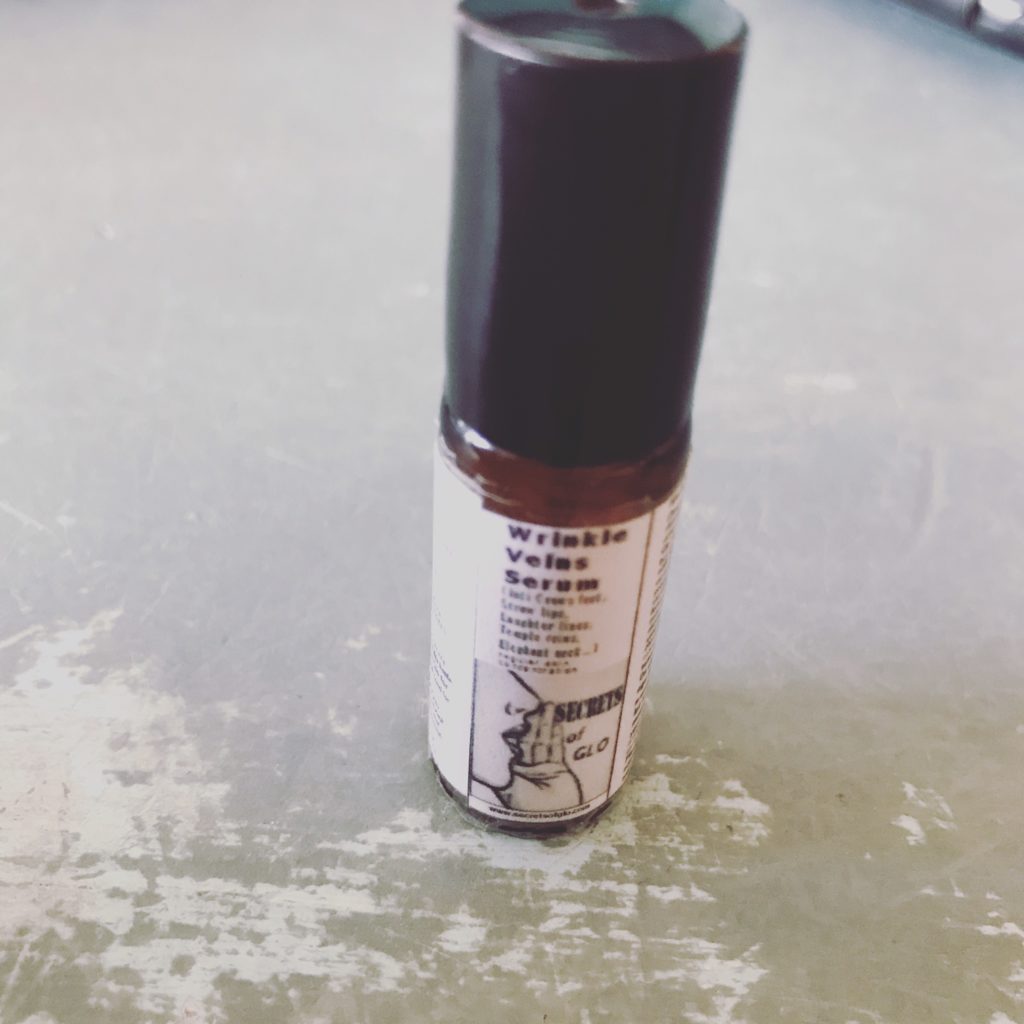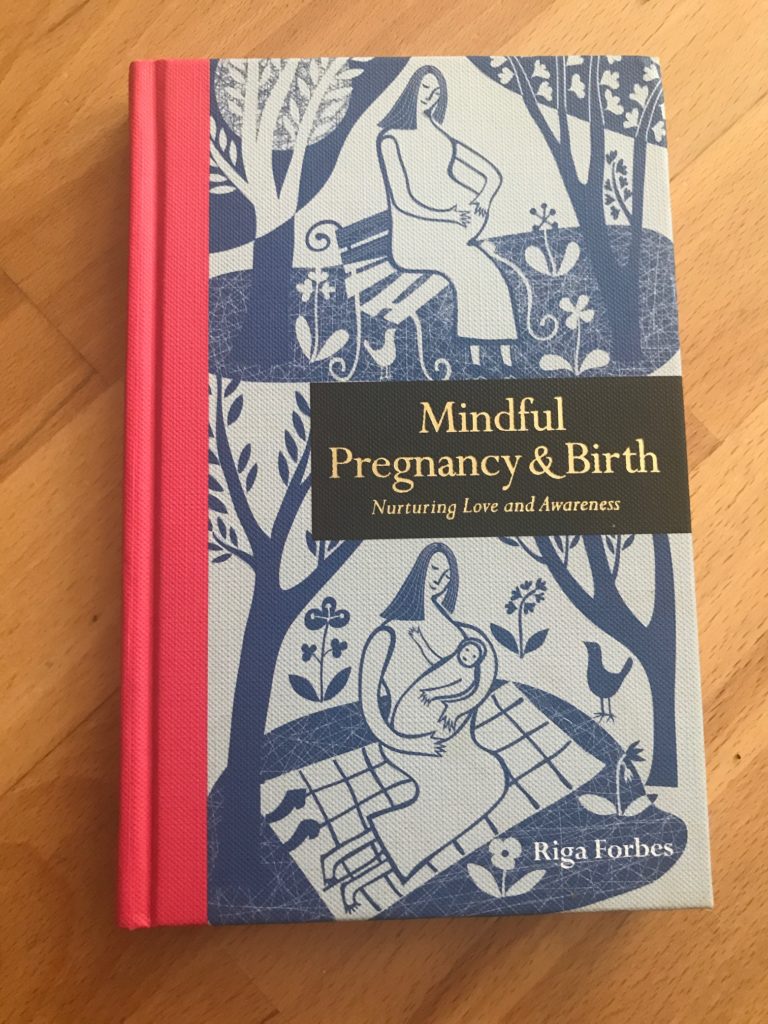Healthy Pregnancy Guide
We’ve lost count of how many pregnancy announcements there have been over the last two weeks.
If you’re planning on getting pregnant or have already conceived, we’ve asked our experts for their best advice for common pregnancy side effects:
Morning Sickness
It’s one of the most common complaints in pregnancy, with almost 90% of women experiencing some form of morning sickness. Although it is known as morning sickness, it can occur at any time of the day or night. Dr Marilyn Glenville, the UK’s leading nutritionist and author of ‘Natural Alternatives to Sugar’ says:
“Morning sickness can definitely eased by regulating your blood sugar levels. Make sure that you eat little and often, using complex carbohydrates as snacks to keep your blood-sugar levels up. Suitable choices include rice cakes, wholemeal bread, rye crackers and any whole, unrefined products.”
“Vitamin B6 has been found to be very helpful in reducing the attacks of nausea and vomiting. One theory is that morning sickness may be caused by high oestrogen levels, and vitamin B6 is helpful in clearing excess oestrogen from the body by optimising liver function.”
“Ginger is a traditional remedy for morning sickness, and it can be extremely effective, as confirmed by a 1991 double-blind clinical trial. It can be taken in the form of supplements, capsules or herbal tea. Another good method of taking ginger is in lemon and ginger tea. If you are having trouble keeping fluids down, sweeten the tea with a little honey or maple syrup and freeze as ice cubes to suck as required.”
Cravings
From chocolate and pickles to spicy foods and ice cubes, most pregnant women experience cravings. Nutritionist, Cassandra Barns says:
“Don’t skip meals, especially breakfast, as this can lead to cravings later in the day for sugary and carbohydrate-rich foods. Make sure your meals contain a serving of a protein-rich food such as meat or fish, cheese or yoghurt, seeds and nuts, or beans and lentils: protein can help to slow down absorption of sugars and starches into the blood and lessen cravings later on.”
As well as having a nutrient-rich diet, taking a pregnancy multivitamin, such as Natures Plus Source of Life Garden Prenatal Multi (£42.95, naturesplus.co.uk) can help to prevent deficiencies that could provoke cravings.
Swollen Limbs
It’s not just your tummy that grows while your pregnant, for many women their hands and feet also swell during their pregnancy. Kimby Osbourne, leg health expert at Activa UK
“Pregnancy can obviously affect the legs and feet as there is a lot more pressure and weight on them during this time. Common problems incurred by pregnant women include swollen ankles, tired, aching legs and a feeling of heaviness. This is due to hormonal changes and the extra weight gain during pregnancy, which affects the leg veins. Varicose veins are also more common during pregnancy, especially if they run in the family. Compression hosiery and simple exercises are the best solution to help prevent and alleviate these symptoms and save you from storing up health concerns for the future”.
Back Pain
As well as general fatigue, many women say that back pain is a problem especially towards the end of their pregnancy. Cassandra says:
“Back pain can be a problem for many women in the later stages of pregnancy, as the weight of the baby pulls the body forward, causing the woman to lean back to compensate. The first thing to remember, therefore, is to maintain a good posture and walk upright, trying not to lean back. Avoid high heels, as they put more strain on the back – go for pretty flats instead. Other things that may bring relief include back massage, hot showers (or warm baths, but not hot), and exercise, especially prenatal yoga.”
Skin Problems
Increased hormone levels are the main cause of skin problems during pregnancy, acne is quite common with more than half of pregnant women can expect to develop some form of acne during their first trimester. Marilyn says:“Iron deficiency is more likely to be a problem as the baby starts having a growth spurt in the last trimester it always important to get this monitored. Low iron levels can cause hair loss, the skin to become pale and dull and the nails to become weak. Iron rich foods include all dark green leafy vegetables, tofu, dried apricots and blackstrap molasses.”
“Make sure the diet is rich in brightly coloured fruits and vegetables as these contain antioxidants including Vitamin E that naturally regulates blood pressure. Taking a good fish oil (Omega 3 Support, £27.77) and Vitamin C (NHP Vitamin C Support, £15.77) can be very supportive on top of the antenatal formula (NHP Antenatal Support, £22.97, all naturalhealthpractice.com).”
“Zinc is also essential for skin, hair and nails and can get used up rapidly when under stress. Eat plenty of brown rice, pumpkin seeds and oats.”
Dr Adam Friedmann, consultant dermatologist at The Harley Street Dermatology Clinic, adds:
“If there is oiliness or acne a gentle cleanser can be applied. Treat acne pimples with topical creams (usually prescribed by the GP or dermatologist) and moisturise with a light moisturiser. Use high factor SPF during the spring and summer months.”
Look for light formulaes that also have anti-inflammatory ingredients and promote skin cell renewal like the What Skin Needs Soothing Skin Gel. Dr Roger Henderson, GP with a special interest in dermatology explains: “The Soothing Skin Gel (£14.99, whatskinnneeds.co.uk) helps soothe and provide moisture to dry skin to protect after exposure to the elements as well as helping reduce the irritation of rashes”





